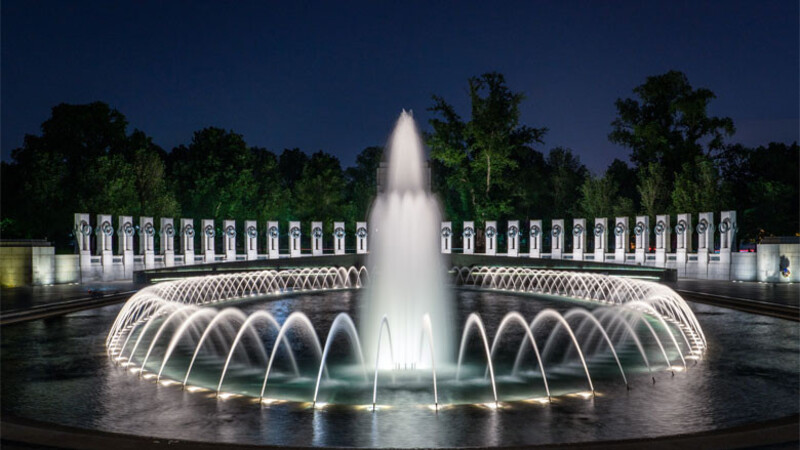Urban spaces are the lifeblood of cities, serving as hubs of activity, interaction, and community engagement. The design of these spaces plays a crucial role in shaping the overall character and quality of urban life. One element that can greatly enhance the aesthetic appeal and functionality of urban environments is the integration of water fountains.
In this article, we will explore the importance of water fountains in urban design, examining how they contribute to the beauty, functionality, and sustainability of urban spaces. From historical landmarks to modern cityscapes, water fountains have long been revered as iconic features that add charm, vitality, and tranquility to the urban fabric.
The Significance of Water Fountains in Urban Design
Historical Context
Water fountains have a rich history dating back to ancient civilizations, where they served as symbols of power, prosperity, and beauty. From the majestic fountains of Rome to the ornate gardens of Versailles, water has been celebrated as a source of life and vitality throughout history. In urban contexts, water fountains have often been focal points of public squares, parks, and plazas, providing respite from the hustle and bustle of city life while captivating the imagination of passersby.
Aesthetic Appeal
One of the primary functions of water fountains in urban design is to enhance the visual appeal of public spaces. Water features add a dynamic element to urban environments, creating movement, reflection, and texture that engage the senses and captivate the eye. Whether it’s the graceful arcs of a tiered fountain or the playful jets of a modern sculpture fountain, water fountains serve as focal points that draw people together and create memorable experiences in the urban landscape.
Integrating Water Fountains for Functionality
Promoting Social Interaction
Water fountains play a vital role in fostering social interaction and community engagement in urban spaces. They provide gathering points where people can meet, relax, and connect with one another amidst the soothing sounds of flowing water. In busy urban environments, water fountains serve as natural gathering spots for impromptu conversations, leisure activities, and cultural events, enriching the social fabric of the city and strengthening community bonds.
Providing Environmental Benefits
Beyond their aesthetic appeal, water fountains offer practical environmental benefits that contribute to the overall sustainability of urban spaces. By incorporating water features into public parks, plazas, and streetscapes, cities can help mitigate the urban heat island effect, improve air quality, and promote biodiversity. Water fountains also serve as important habitats for birds, insects, and other wildlife, creating ecological niches that support urban biodiversity and enhance the overall ecological resilience of the city.
Modern Trends in Water Fountain Design
Sustainable Practices
In recent years, there has been a growing emphasis on sustainability and eco-friendliness in water fountain design. Many cities are incorporating innovative technologies and sustainable practices into their water features to minimize water consumption, energy usage, and environmental impact. This includes the use of recirculating water systems, energy-efficient pumps and filtration systems, and drought-tolerant landscaping to conserve water and reduce resource consumption.
Interactive and Multimedia Features
Another trend in modern water fountain design is the integration of interactive and multimedia features that engage and entertain the public. From interactive LED lighting displays to synchronized music and water shows, these multimedia fountains create immersive experiences that captivate audiences of all ages. By combining art, technology, and entertainment, cities can create vibrant urban spaces that appeal to a diverse range of visitors and contribute to the cultural vitality of the city.
Challenges and Considerations in Water Fountain Design
Maintenance and Upkeep
While water fountains offer numerous benefits to urban spaces, they also present challenges in terms of maintenance and upkeep. Keeping water features clean, operational, and aesthetically pleasing requires regular maintenance, monitoring, and investment in infrastructure. Cities must allocate resources for routine cleaning, repairs, and upgrades to ensure that water fountains remain safe, functional, and attractive for residents and visitors alike.
Accessibility and Inclusivity
In designing urban spaces with water fountains, it’s essential to consider accessibility and inclusivity for people of all ages and abilities. This includes providing wheelchair-accessible pathways, seating areas, and viewing platforms that accommodate individuals with mobility impairments. Additionally, cities should ensure that water features are safe and easily accessible to children, seniors, and people with disabilities, allowing everyone to enjoy the benefits of urban water fountains.
Conclusion
In conclusion, water fountains play a vital role in urban design, contributing to the beauty, functionality, and sustainability of urban spaces. From enhancing aesthetics and promoting social interaction to providing environmental benefits and cultural enrichment, water fountains enrich the urban experience in myriad ways. By integrating water features into public spaces thoughtfully and strategically, cities can create vibrant, inviting environments that inspire creativity, foster community, and improve quality of life for residents and visitors alike. As cities continue to evolve and grow, water fountains will remain iconic features that define the character and charm of urban landscapes around the world.
